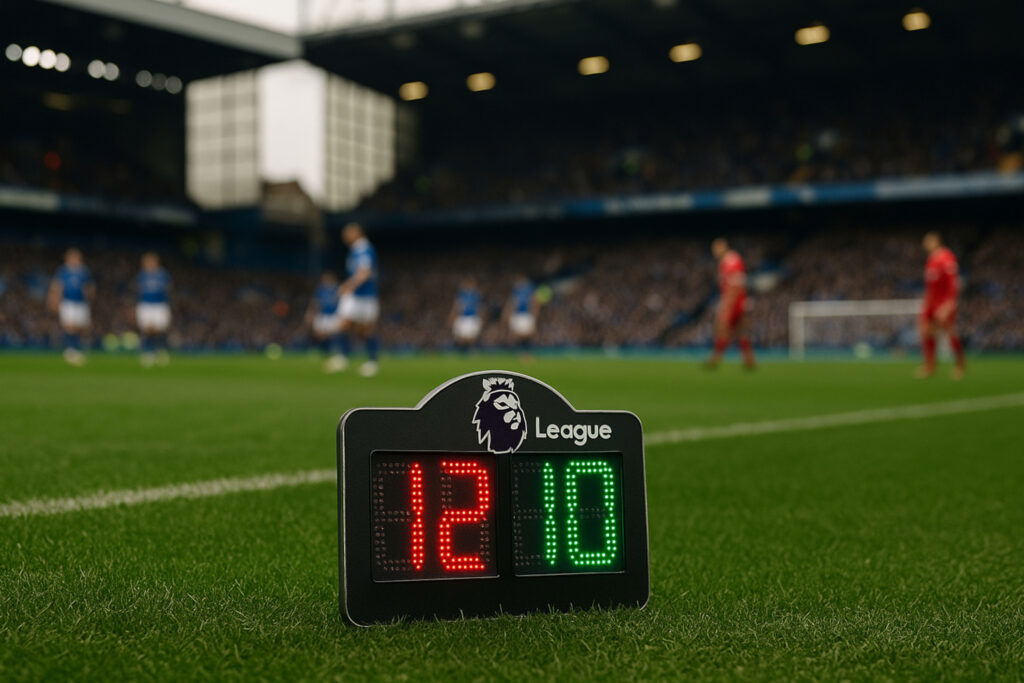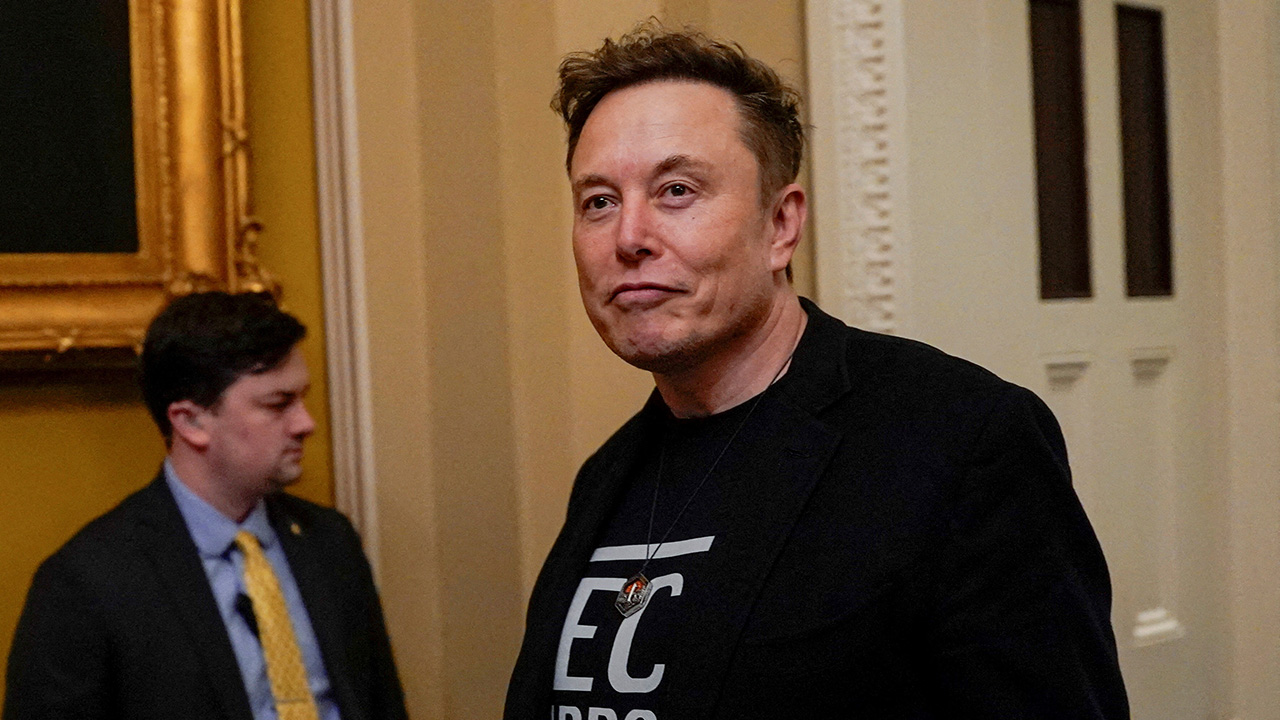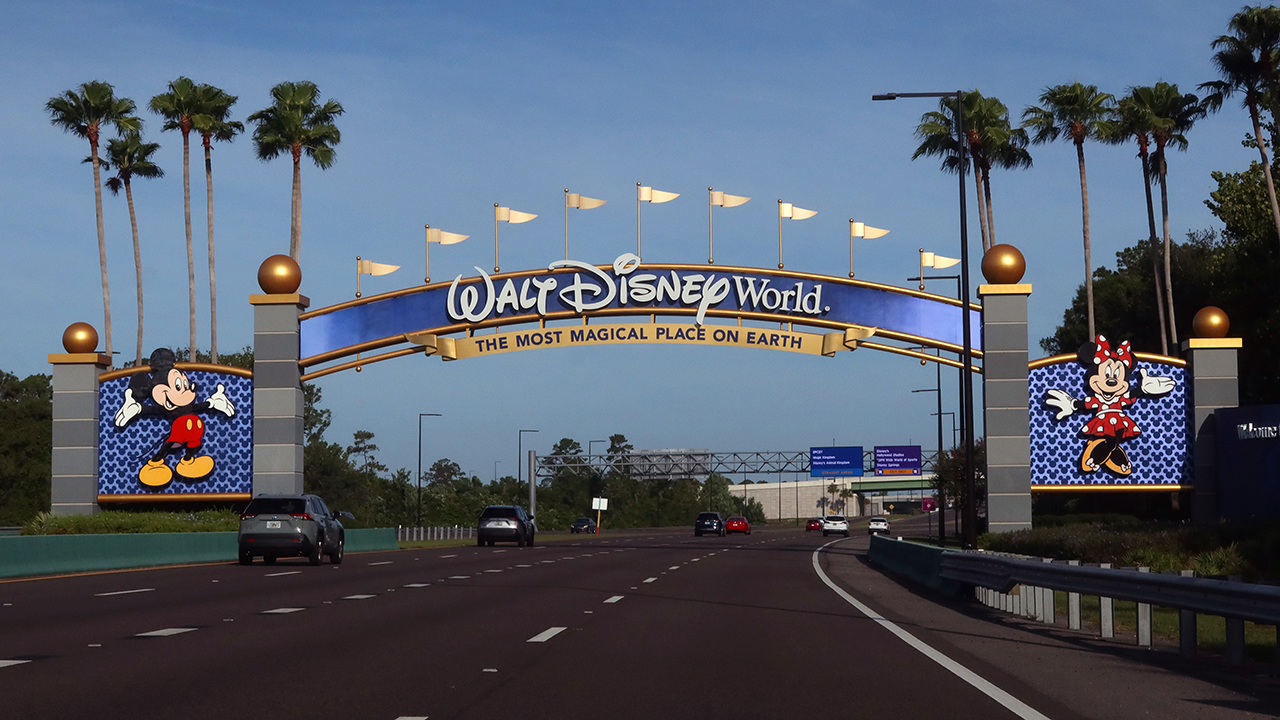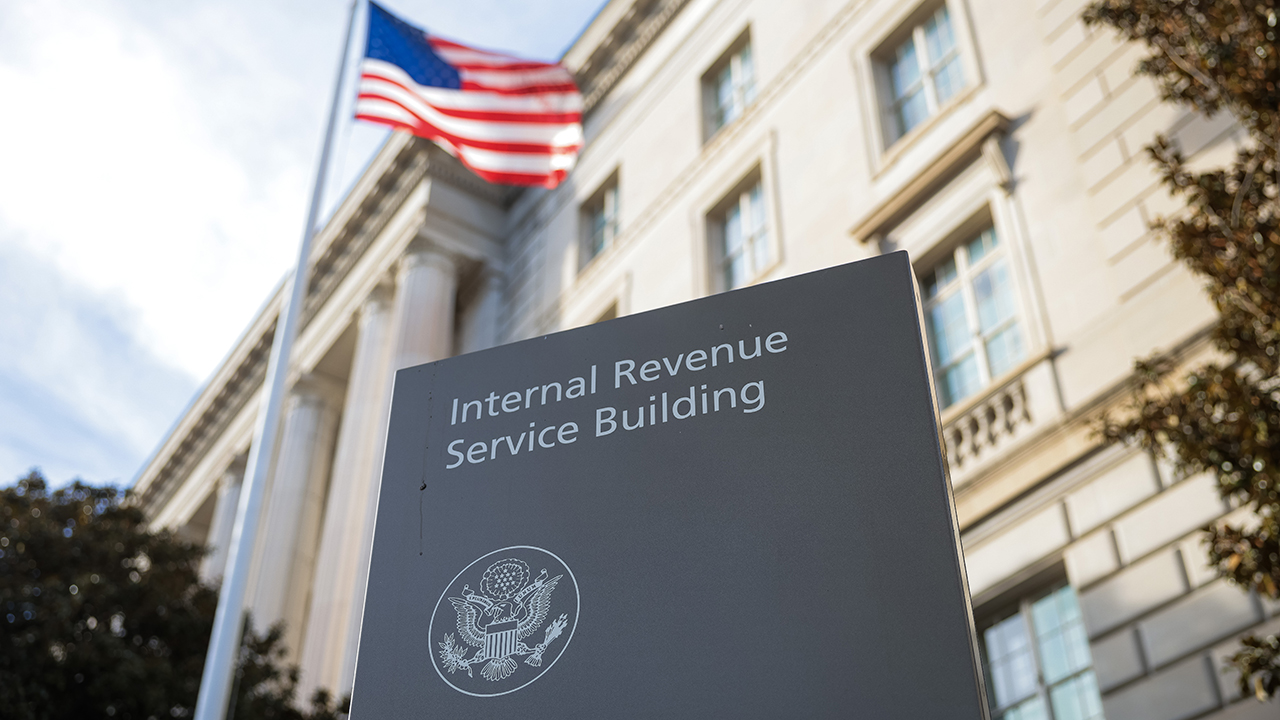BPMA Top Trends in the Next Decade


By Phil Goodman, CEO at British Promotional Merchandise Association
Merchandise has always been an imperative part of brand recognition with the most iconic and globally recognised brands still relying on promotional merchandise to improve brand awareness.
From T-shirts to branded drink bottles made out of sustainable materials; the last decade has shown some interesting trends in merchandise. Here are the top trends we are expecting to see over the next ten years.
1. Functional Merchandise:
We are already seeing the importance of merchandise being ‘of use’ rather than purely for decoration coming into play. People are increasingly favouring practicality as the number one most important use, even over sustainability. This is because if the item is not useful, it will still end up becoming waste and ending up in landfill, even if it was created with sustainability in mind.
For example, festivals are a popular place for consumers to purchase promotional merchandise and according to the non-profit organisation Powerful Thinking, UK festivals generate 25,800 tonnes of waste each year, with 75% of it ending up in landfill. When it comes to merchandise, the focus should be on creating products that customers will value and keep and carry a sense of practicality. Their longevity can be considered one of the most sustainable qualities.
We have noted people are looking for usable merchandise like drink bottles and t-shirts that can be reused over and over again. When an item is perceived to be useful then it will be retained, enjoyed and reused.
2. Material innovation:
Sustainable materials are still top of mind when it comes to developing promotional merchandise. A report conducted by Forbes in 2022 uncovered that 82% of consumers want brands to practice sustainability. Combining both the development of sustainable materials and the practicality of a product is going to be one of the most important focuses over the next ten years.
Using materials that would’ve otherwise gone to landfill is a good way to sustainably build new products. A good example of this are the LED light wristbands that Coldplay are using on their current World Tour, which were used to great effect at Glastonbury this year. The bands are made out of a compostable, plant-based plastic, with the entire range of LED wristbands made out of recycled water bottles, using caps to make the casing and bottles to make the wristband strap.
3. Supply chain transparency:
Over the next ten years, there will be a greater focus of the transparency of the entire supply chain and material ingredients for consumers, so they know exactly where their merchandise is coming from and exactly how sustainable their product is.
There will also be clear instructions for consumers on the optimum way to responsibly dispose of the product if and when they are ever done with it. This could include recycling the product to create new pieces of merchandise which was also seen with the LED wristbands at Cold Play’s World Tour this year, where spectators were told to return wristbands into recycling bins, so they could be reused for the next show.
4. Sustainability and Compliance:
With sustainability and compliance becoming essential in many sectors, brands will increasingly look towards operators that adhere to the highest standards’ and that is a great opportunity for trade associations like the British Promotional Merchandising Association (BPMA) to offer a path to securing that high standard within the industry.
Trade bodies regulate industries and ensure everyone is using the best practises in their field, as well as serving for the professional voice of the industry.
5. Keepsakes for Consumers:
We will continue to see consumers placing a greater value on experiences versus objects, which is an opportunity for branded merchandise to be used as keepsakes and monetise off those experience.
Buying or receiving a branded item can bring nostalgia to the experience and serve as a reminder of the attended event. For example, festival merchandise will continue to grow in popularity, with items like T-shirts and water bottles and serving as a reusable memento of experience.
Not only will these items be made of more sustainable materials in the future, but they will also be practical for consumers, with the ability for consistent reuse. Sustainable fashion company, Virtue Impact, said consumers are becoming more aware of the negative impacts fast fashion has on the environment and society, causing them to make conscious decisions when it comes to choosing merchandise supporting a better planet and its people. This is a trend that will continue for years to come.
Merchandise- A Vital Tool for Brand Recognition:
Promotional merchandise will always remain a fundamental tool for brand recognition and consumer engagement, with evolving trends reflecting on the priorities of today’s society. Branded merchandise will continue to serve as cherished keepsakes, which will connect consumers with their meaningful experiences. By embracing these trends, brands can build a deeper connection with consumers, whilst also promoting a far more sustainable future.

The post BPMA Top Trends in the Next Decade appeared first on EU Business News.















































